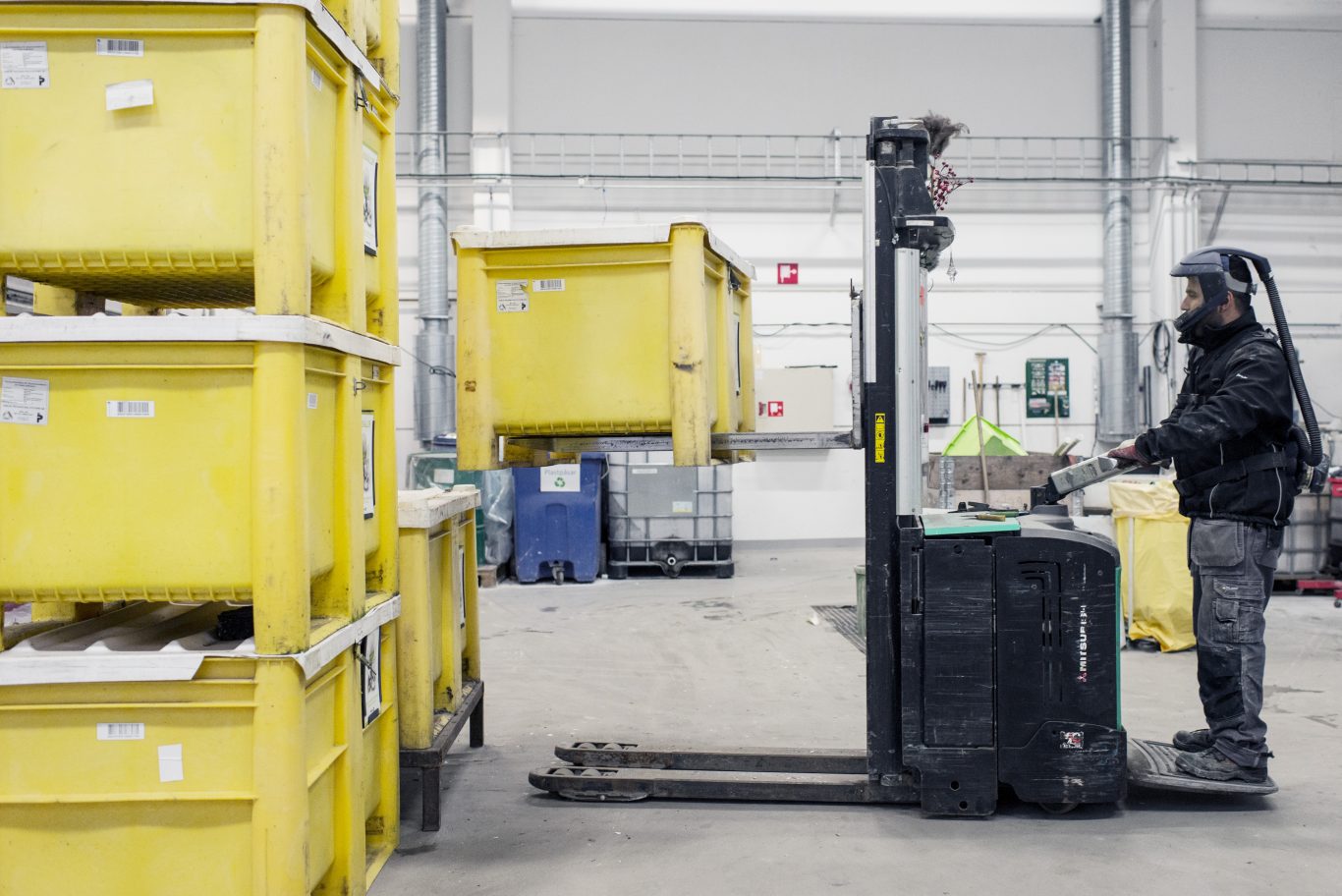The collection flow
How Light Sources Are Recycled
Light sources are among the most common consumables that become electronic waste. Each year, El-Kretsen collects around 3,000 tonnes of lamps and fluorescent tubes. All of these are processed at a single specialised facility.
Recycling light sources is a complex process that places high demands on safety and equipment. In Sweden, all incandescent lamps, LED lamps, compact fluorescent lamps, and fluorescent tubes are pre-treated at the same specialised recycling facility: Nordic Recycling in Hovmantorp, Småland.
What makes the treatment of fluorescent tubes unique is that the phosphor powder from tubes and compact fluorescent lamps contains mercury. For safety reasons, all lamps are therefore handled in the same closed system. Only once the mercury has been filtered out can the rest of the waste be sorted by material, such as glass and metal. In the past, glass from lamps and tubes was used as a substitute for other materials, for example, as filler in concrete production or as cover material for landfills. Between 2023 and 2025, the process has been refined with new recycling technology. Thanks to this, majority of the glass can now be material recycled.


The Lifecycle of Light Sources
- The waste arrives at the recycling facility, where it is weighed and registered.
- All lamps are crushed in a closed system. The material goes through a bath where the phosphor powder from compact fluorescent lamps and fluorescent tubes sinks to the bottom, allowing it to be separated and handled separately.
- Once the mercury in the phosphor powder is filtered out, it is phased out from the lifecycle and separated from the rest of the crushed lamps. The remaining material can then be sorted into glass, plastic, and metal. The glass is recycled at the same facility, while the plastic and metal are forwarded and processed for material recycling.